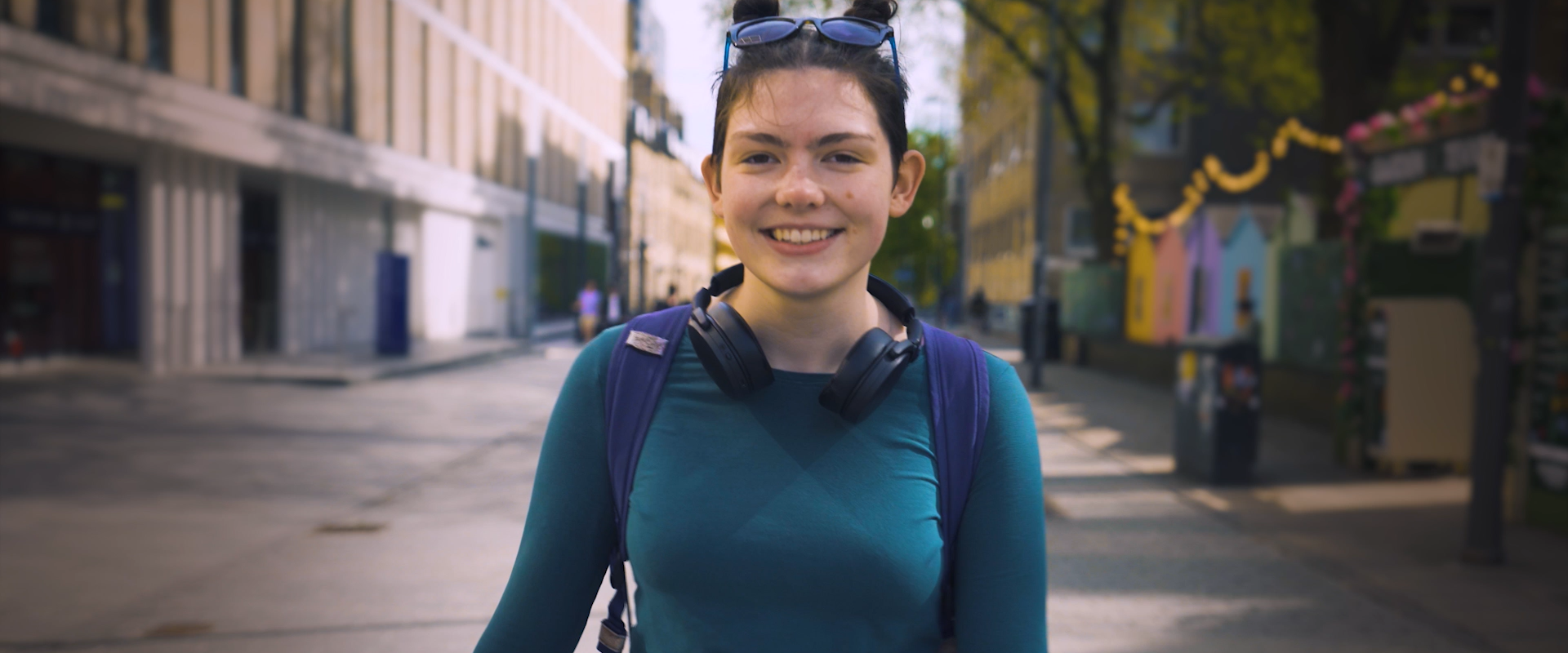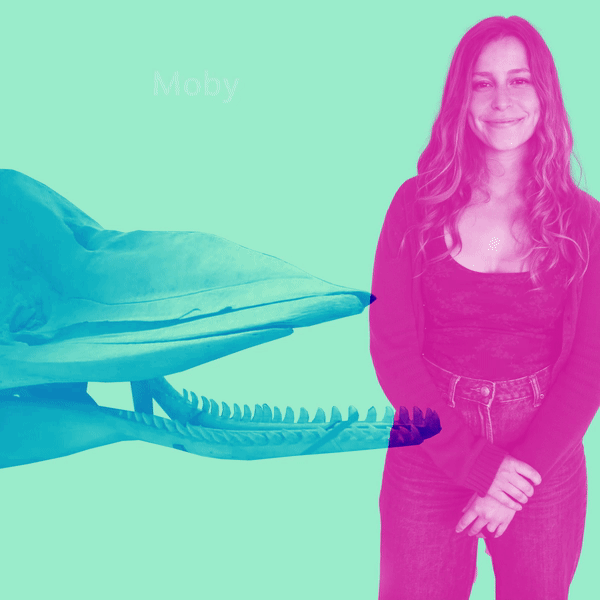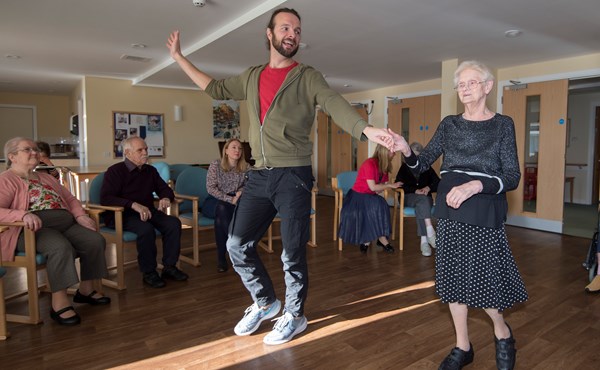Key in a search term below to search our website.
Key in a search term below to search our website.

Find Your Thing is a resource for any group visiting the museum, but is particularly suitable for groups of young people, adults with learning needs, and organisations supporting family groups. It was created by a group of young adults from the National Lottery Heritage Fund, Scotland 365, project, who were looking for a ‘way in’ to the museum and its collections that was accessible and fun, with no expert previous knowledge needed.
Find your thing is designed to help anyone to find an object or group of collections they love, and connect to it on a personal level, using it as a starting point for a whole range of interesting discussions and ideas.
For groups of older children (aged over 11) give them a chance to develop some independence by breaking into smaller groups using the three different Find Your Thing cards, with a time limit of 30 mins. If they have phones ask them to take a picture and come back to tell you what they’ve found, where it's from, and how they would answer some of the questions on the card.
When they’ve found an object they love, ask them to spend 3 mins on their own with it, just looking, noticing its patterns, textures, shapes, colours and form - mini mindful moment to support their health and wellbeing.
Use google maps to see how far they’ve walked, and how long they were moving for. See who travelled the furthest in the group.
Set the tone of any group discussions first, especially if dealing with objects that might cause a personal, emotional response. Offer a safe space to discuss feelings with freedom, respect and empathy. Set ground rules of respect and empathy and listening. For a further idea on how to support any tricky conversations visit...
Use a low pressure, fun activity to showcase their object. Grab a hat, bowl or other receptacle, write down the names of their chosen objects on bits of paper, fold them up and put them in the ‘hat’. First round the player has 1 min to take the names out of the hat and describe them to the rest of the group without using its name, keeping a tally of the used names. Once the 1 min is up the player passes the hat to the next person. Once the hat is empty, you can move onto a second round, where you can only use 3 words to describe the object. The final round is mime only - tricky, but much easier once you’ve done rounds 1 and 2! This game is fun and informal, and builds confidence and presentation skills.
Suggest the group share their object in under 2 mins – no pressure, no right or wrong answers just what they thought/felt.
Sort the chosen objects out into different group or theme – by colour, texture or shapes, or area from our collections - the natural world, science and technology, art and design, archaeology? Have some objects been collected’ from one area more than another, and if so why do you think that is?
Ask the group to think about their personal connection to objects in their own, home life – what is important to them and why? Do they:
What to do next:

Think about using the object as a starting point for exploring other themes and approaches to learning, for e.g. mindfulness, outdoor learning, art and design or other new skills? For example:

Information about visiting with a group can be found here
Our museum maps can be found here.
Our Access pages, including a welcome film with BSL subtitles and sensory map of the museum can be found here
Our page about our resources for autistic visitors here
If you would like your group to be supported by a member of our Learning and Engagement team please contact Communities@nms.ac.uk.